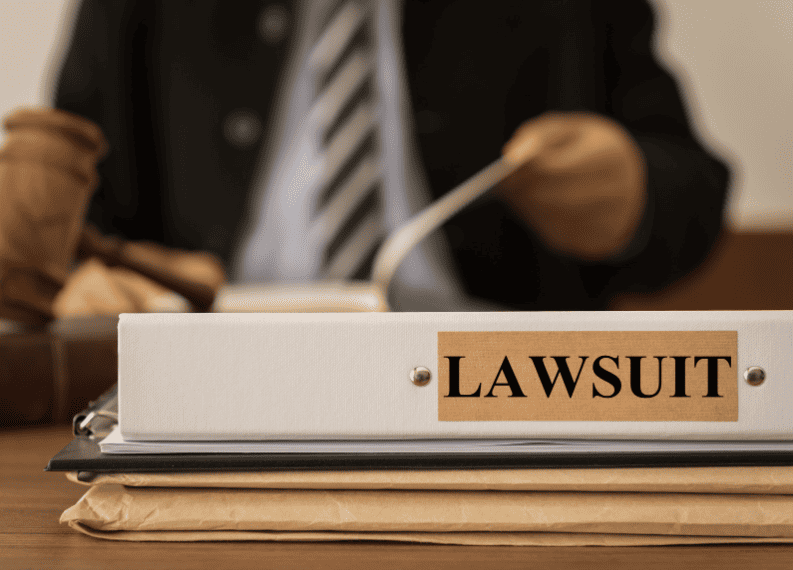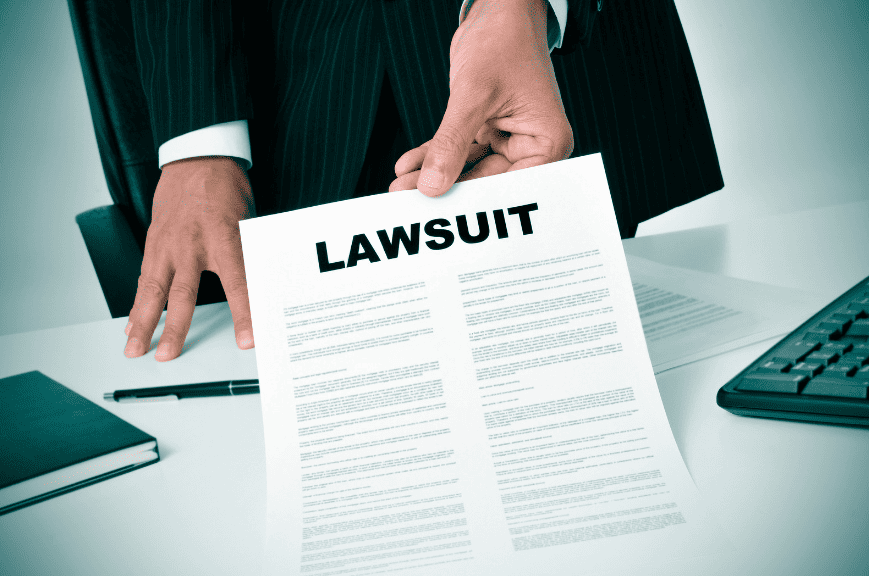The Qui Tam process, also known as whistleblower lawsuits, are legal actions that allow private individuals to sue on behalf of the government against individuals or companies that have defrauded the government.
Table of Contents
Qui Tam lawsuits have been around since the Middle Ages and were originally used to combat fraud in the English government. Today, Qui Tam lawsuits are primarily used in the United States to combat fraud against the federal government.
The Qui Tam process can be complicated and lengthy, but it is an important tool for fighting fraud against the government, and with the help of proper representation from https://federal-lawyer.com/whistleblower-lawyers/qui-tam/ can be a lot easier.
The process begins with a whistleblower, also known as a relator, who brings a lawsuit against the alleged fraudster. The lawsuit is filed under seal, which means that it is kept confidential initially to allow the government sufficient time to investigate the allegations presented.
If the government decides to intervene, it will take over the case and prosecute the alleged fraudster. If the government declines to intervene, the relator may continue the case on their own. Qui Tam lawsuits can result in significant financial rewards for whistleblowers who successfully bring a case against an alleged fraudster.

The Role of the Relator
In Qui Tam's case, the relator plays a crucial role in bringing the fraud to the government's attention. A relator is a private citizen who files a lawsuit on behalf of the government under the False Claims Act. The relator is also known as a qui tam relator or whistleblower.
The relator is generally someone who has inside knowledge of the fraud, such as an employee or contractor of the company involved. The relator's inside knowledge is often critical in helping the government piece together the fraud and identify the responsible parties.
The relator's role is not just limited to bringing the fraud to the government's attention. The relator is also responsible for providing the government with evidence to support the case. This evidence can include documents, emails, and other records that show the fraud.
In exchange for bringing the fraud to the government's attention and providing evidence, the relator is entitled to a portion of the recovery. The amount of the relator's award is based on the amount of money that the government recovers as a result of the lawsuit.
It is important to note that the relator's role is not just limited to the initial filing of the lawsuit. The relator may also be involved in the case throughout the litigation process, including providing testimony and assisting with discovery.
Investigation and Evidence
Once a qui tam lawsuit has been filed, the government will initiate an investigation to determine whether the allegations have merit. The investigation process may involve interviews with witnesses, review of documents and other evidence, and coordination with other agencies.
The whistleblower who filed the qui tam lawsuit must provide sufficient evidence to support their allegations. Evidence can include documents, emails, financial records, and witness statements. It is important that the whistleblower provides as much evidence as possible to support their claims, as the strength of the evidence can significantly impact the outcome of the case.
During the discovery phase of the qui tam process, both the government and the defendant will exchange information and evidence related to the case. This process can be lengthy and involve a significant amount of documentation.
Witnesses may also be called upon to testify to the whistleblower's claims. Witnesses may include current or former employees of the defendant, industry experts, or other individuals with relevant knowledge or experience.
Penalties and Awards
In a successful qui tam case, the whistleblower is entitled to a share of the penalty and damage award. The amount of the award depends on various factors, including whether the government intervened in the case or not.
Under the False Claims Act (FCA), the government can recover up to three times the amount of damages it suffered as a result of the fraud. In addition to the damages, the FCA also allows for civil penalties ranging from $5,500 to $11,000 per false claim submitted.

If the government intervened in the case, the whistleblower could receive between 15% and 25% of the total recovery. However, if the government chooses not to intervene, the whistleblower can receive between 25% and 30% of the total recovery.
It's worth noting that the whistleblower's share of the award can vary depending on various factors, including the extent of their involvement in the case, the quality of the information they provided, and the risks they took in bringing the case forward.
In addition to the monetary rewards, whistleblowers in qui tam cases may also receive protection from retaliation by their employers. The FCA prohibits employers from retaliating against employees who report fraudulent activity, and whistleblowers who experience retaliation can file a separate lawsuit seeking damages for lost wages, emotional distress, and other harm.
Qui Tam Process – Conclusion
In conclusion, understanding the Qui Tam process is essential for whistleblowers and defendants. Qui Tam cases are highly personal and require careful attention to detail. It is important to work with a qualified Qui Tam attorney who can help navigate the legal process and ensure that the case is handled properly.
Communication is key in Qui Tam cases, both between the whistleblower and their attorney and between the attorney and the government. Whistleblowers must be willing to provide detailed information about the fraud they have witnessed, and attorneys must be able to effectively communicate this information to the government.
Defendants in Qui Tam cases must also be prepared to communicate effectively with their attorneys and provide any relevant information that may help their case. It is important to be open and honest with your attorney and to provide them with all of the information they need to defend your case.
Overall, the Qui Tam process can be complex and challenging, but with the right attorney and a commitment to communication and transparency, it is possible to achieve a successful outcome.



